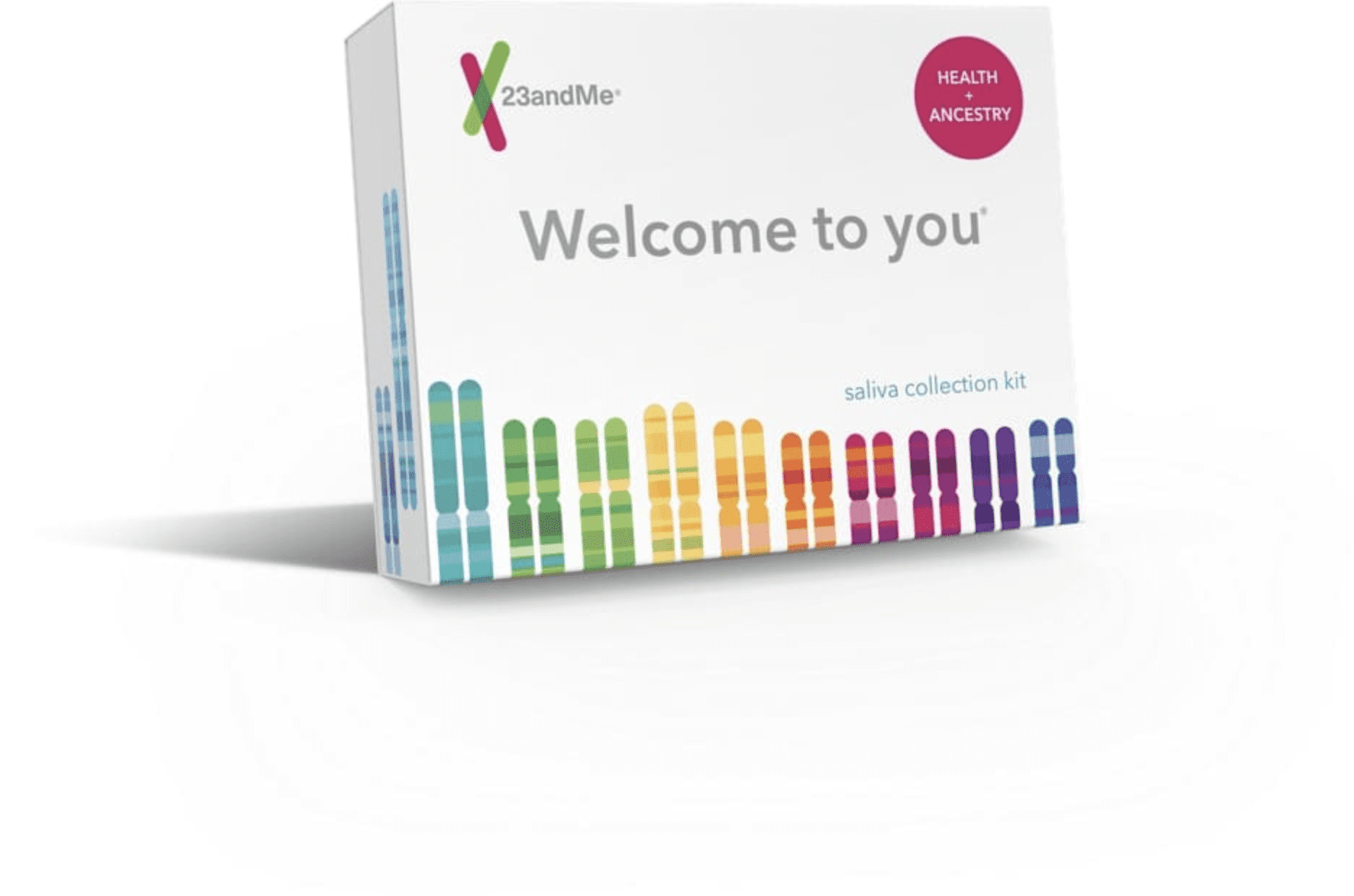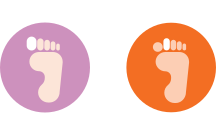How it works
Some people have a longer big toe, while others have longer second toes. Toe length ratio may be influenced by the amount of testosterone and estrogen present in the womb during early pregnancy.
The genetic link
23andMe looks at 35 places in your DNA that can influence your toe length ratio, along with other factors such as age and sex.

Did you know?
In 1864, a British anthropologist named James Park Harrison was one of the first people to dip his toes in digit ratio research. After noticing that many Roman statues had longer second toes, Harrison conducted a study and found that toe-length ratio varied from country to country. He even measured the toes of old skeletons displayed in museums, and at least one Egyptian mummy.
Explore more
Want to learn more? 23andMe’s Health + Ancestry Service will rock your socks off. Pick up one of our kits, send us some spit, and we’ll tell you what your genes have to say about your toe length ratio.

Health + Ancestry Service
References
